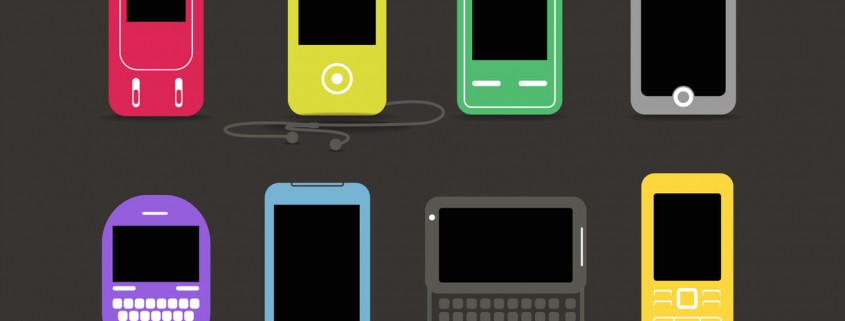Developing apps for Android and iOS
With Android and iOS accounting for over 90 per cent of smartphones worldwide, there has never been a better time for app developers to take advantage of such an extensive consumer base.
But in order to appeal to as many different mobile users as possible, there is a strong chance you’ll want to develop apps for both platforms. But what are the main differences between developing apps for Android and iOS?
Audience Differences
The first thing to bear in mind when it comes to designing a new app is understanding your target audience, as iOS and Android’s respective demographics vary greatly.
iPhone users tend to be slightly younger and more affluent than those with an Android device. This is mainly because Apple smartphones sell at a higher average price point compared to alternatives from Samsung and Google.
However, Android users have a broader content category reach, with seven per cent more likely to access news, 10 per cent more likely to use social media and 15 per cent more likely to visit online retail sites. Having said that, iPhone users are more likely to make a purchase on their phones on a regular basis.
In terms of long-term hardware sales, which developers should always consider, iPhone users are more likely to remain loyal to their chosen device over time, with 62 per cent expressing high levels of satisfaction.
Design Differences
Status Bar
Running along the top of the screen, the status bar on both iOS and Android devices always displays the same basic information – battery charge, network connection and time.
When it comes to developing an app, there are very little differences between iOS and Android that need to be considered for the status bar. Although this can be hidden to enhance the user experience, it should only be done when the content requires the full screen.
Navigation/Main Action Bar
Located at the top of the screen, the Navigation Bar on iOS features the screen title, content display controls (like filtering) and sometimes the back button. This will need to be truncated-not scaled down in size if the screen title is too long to fit on screen.
Android devices utilise a Main Action Bar, which has an up button, app icon and spinner. It is recommended to keep this in place or easily accessible, as the bar is a source of navigation in addition to a displayed content toolbar.
Content Display
The main display on both Android and iOS can contain standard and custom content views such as maps, pages, tables, collections and websites.
It is important to make any screen view as true as possible to standard platform designs so as not to confuse the user. Even so, this provides the greatest scope for app customisation.
Toolbar/Action Bar Tabs
Located at the bottom of the screen, in iOS this is used to control navigation or as an activity indicator. Navigation should be present on every screen in the app, while toolbars may only be applicable when the user needs to edit on-screen content.
On Android devices, there is the ability to choose between fixed and scrollable tabs for the action bar. More options will be visible with an anchored action bar but a scrollable one can support more options.
Supported screen sizes
iOS:
- iPhone 4/4s – 320 x 480pt
- iPhone 5/5C/5S – 320 x 568pt
- iPad mini – 768 x 1024pt
- iPad 2 – 768 x 1024pt
Android:
- Small – 320 x 426dp
- Normal – 320 x 470dp
- Large – 480 x 640dp
- Extra Large 720 x 960dp
Icon Sizes
iOS Interface and App Icons:
Navigation Bar – 20 x 20px
Tab Bar – 30 x 30px
App Store – 512 x 512px
App and Web Clip Icon – 57 x 57px
Spotlight Search – 29 x 29px
Android Interface and App Icons:
Action Bar – 24 x 24dp
Content Display – 12 x 12dp
Google Play – 512 x 512px
Launcher Icon – 48 x 48dp


 Computer History
Computer History